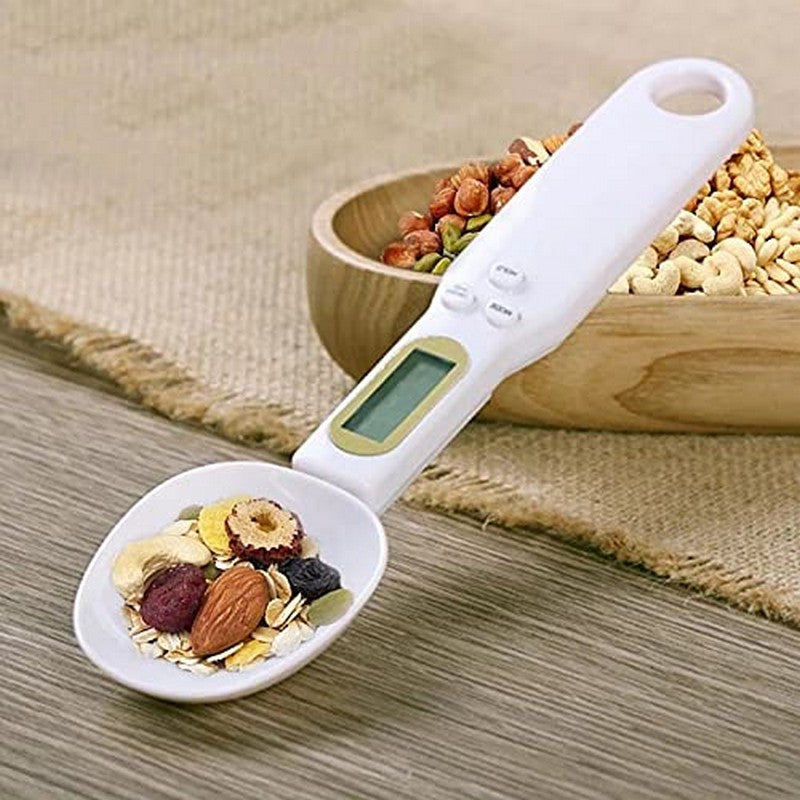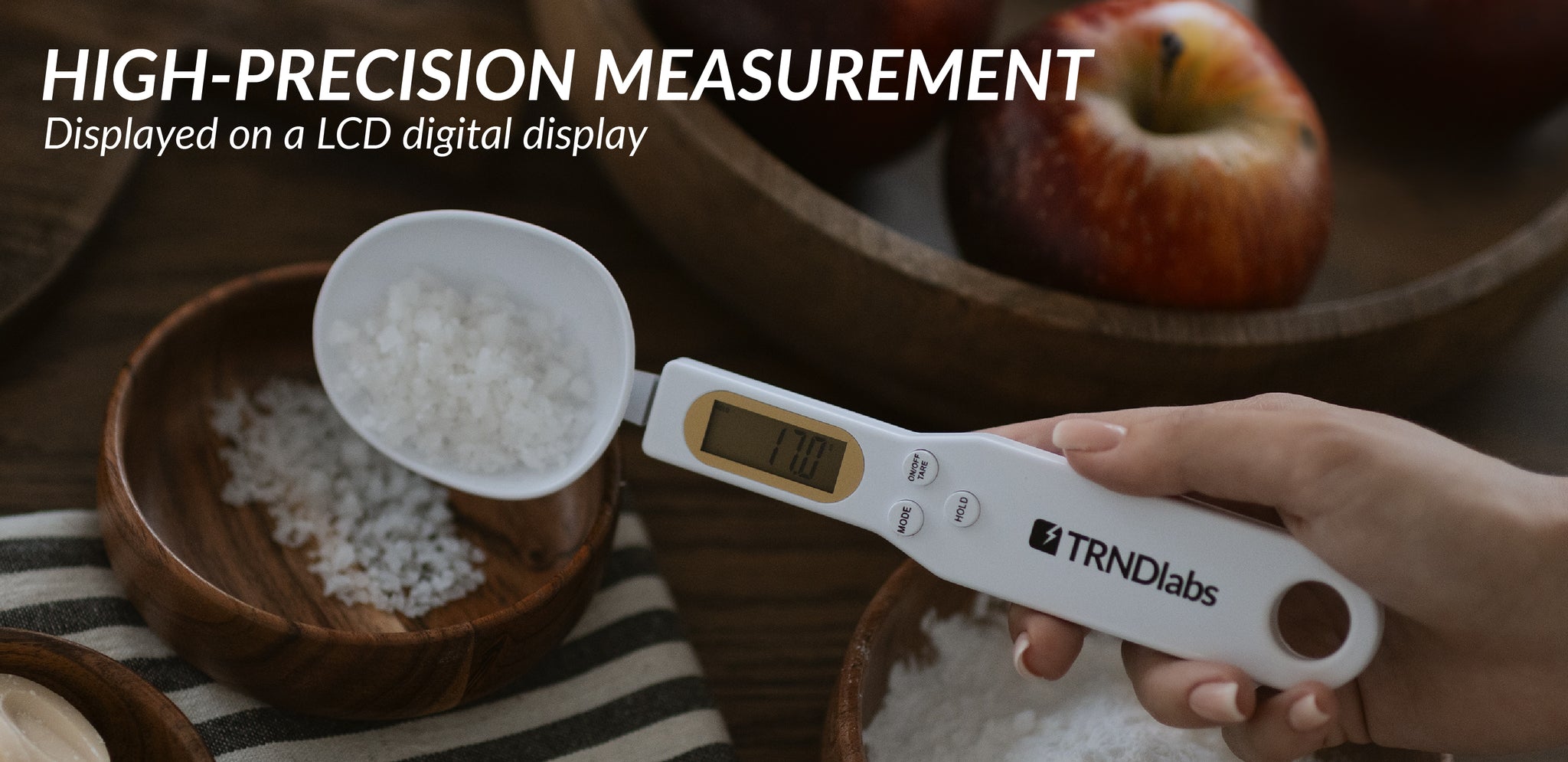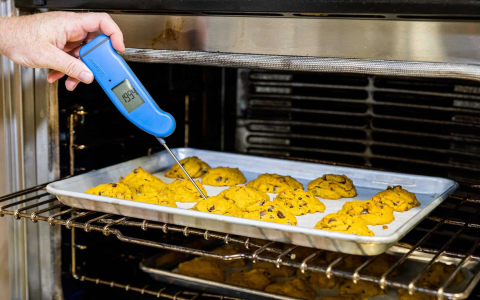So, I got my hands on one of those electronic spoon scales the other day. Been seeing them around and thought, why not give it a try? Seemed potentially useful for small stuff in the kitchen.
First thing, getting it out of the box. Pretty straightforward, no complex assembly required, thankfully. It needed a battery, one of those small coin cell types, which I had to hunt down in my drawer of random batteries. Popped it in, and the little screen lit up. Looked simple enough.

Getting Started with Measuring
Alright, time to actually use it. I grabbed my bag of flour first, just to see how it felt. Scooping felt a bit different than a normal spoon because I was trying to keep it level for the sensor. The display shows the weight as you scoop.
- I noticed you need a pretty steady hand. If you wobble, the reading fluctuates.
- There’s usually a ‘tare’ button. I pressed that to zero it out with the empty spoon.
- Then I scooped some flour. It took a second to settle on a reading.
I tried the ‘hold’ feature next. You press the button, and it locks the weight reading on the screen even after you take the spoon out of the ingredient container. That was actually quite handy, especially if you’re scooping from an awkward bag or jar and can’t easily see the display while scooping.
Real Kitchen Use
Where I found it genuinely useful was for things I need in tiny amounts. Like yeast for baking bread, or specific spices for a recipe where precision helps. Trying to weigh out 2 grams of yeast on my big kitchen scale is always a guessing game, but this spoon thing handled it much better.
Here’s what I ended up using it for mostly:
- Coffee grounds: Getting my morning coffee dose just right.
- Spices and herbs: For recipes needing exact small amounts.
- Baking powder/soda: When making smaller batches.
- Occasionally, supplements or powders where the dose is small.
Switching units between grams and ounces was just a button press, which is convenient depending on the recipe I’m following.
Some Downsides and Observations
It’s not perfect, mind you. Cleaning can be a bit fiddly. The spoon part often detaches for washing, which is good, but you have to be careful not to get the electronic handle wet. Also, if you overload it past its maximum weight (usually around 500g for the ones I’ve seen), it just gives an error.
And like I said, the steady hand thing is key. If you’re shaky, getting a reliable reading takes practice. It’s definitely not for quickly scooping large amounts – that’s what regular scales and measuring cups are for.

Final Thoughts
Overall, it’s been a surprisingly decent little tool to have around. Didn’t think I’d use it much, but it’s found its niche for those really small measurements where my main scale isn’t sensitive enough or is just overkill. It won’t replace a proper digital scale, but it’s a neat addition for specific tasks. If you often measure tiny amounts of things, it might be worth checking out.













